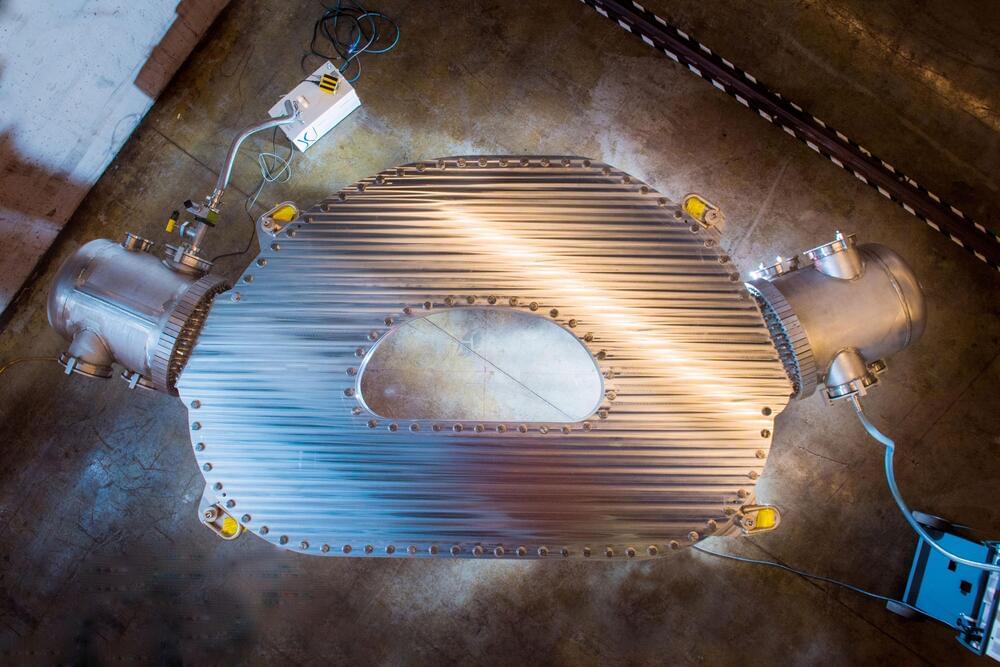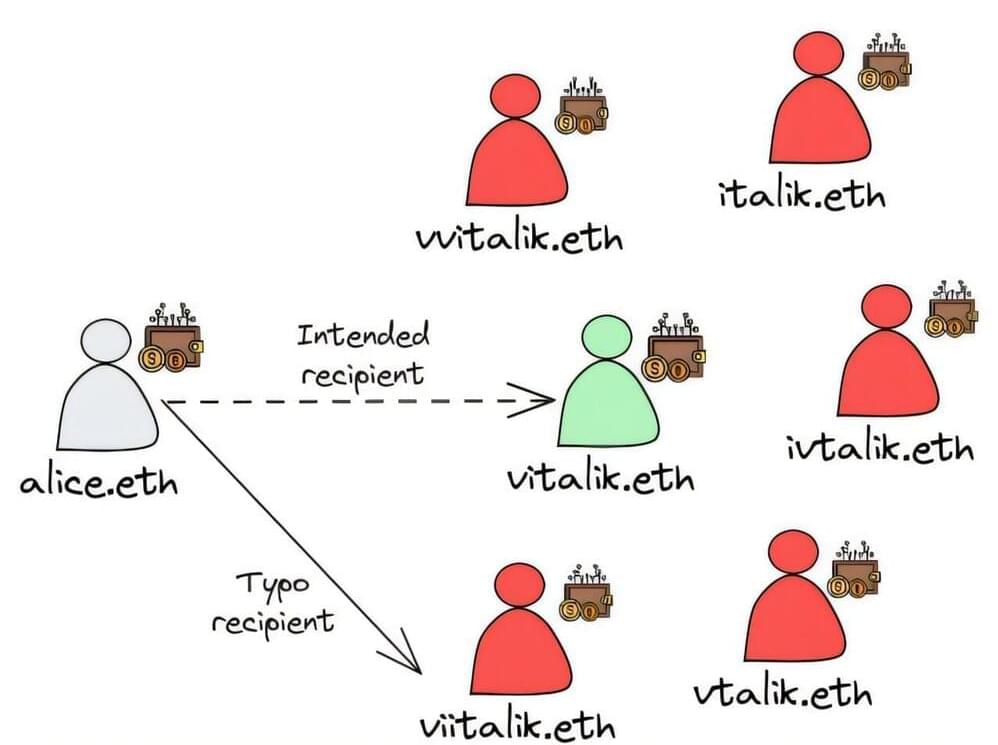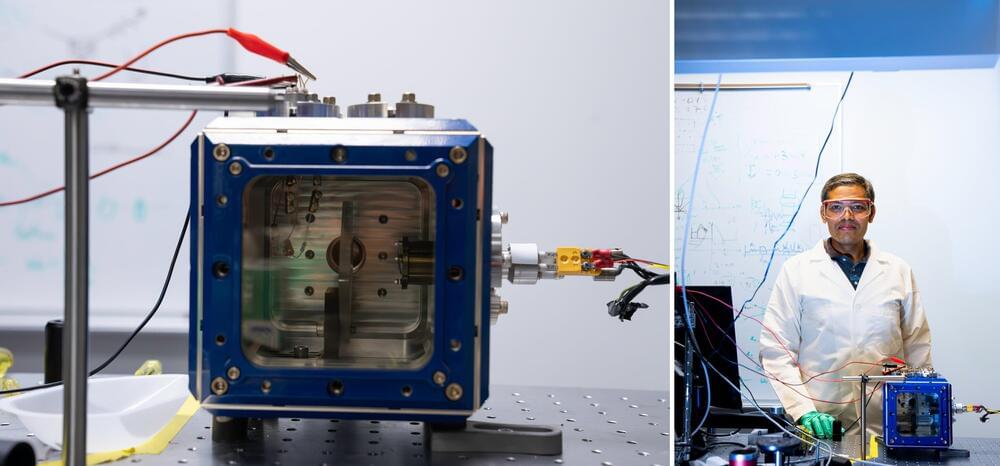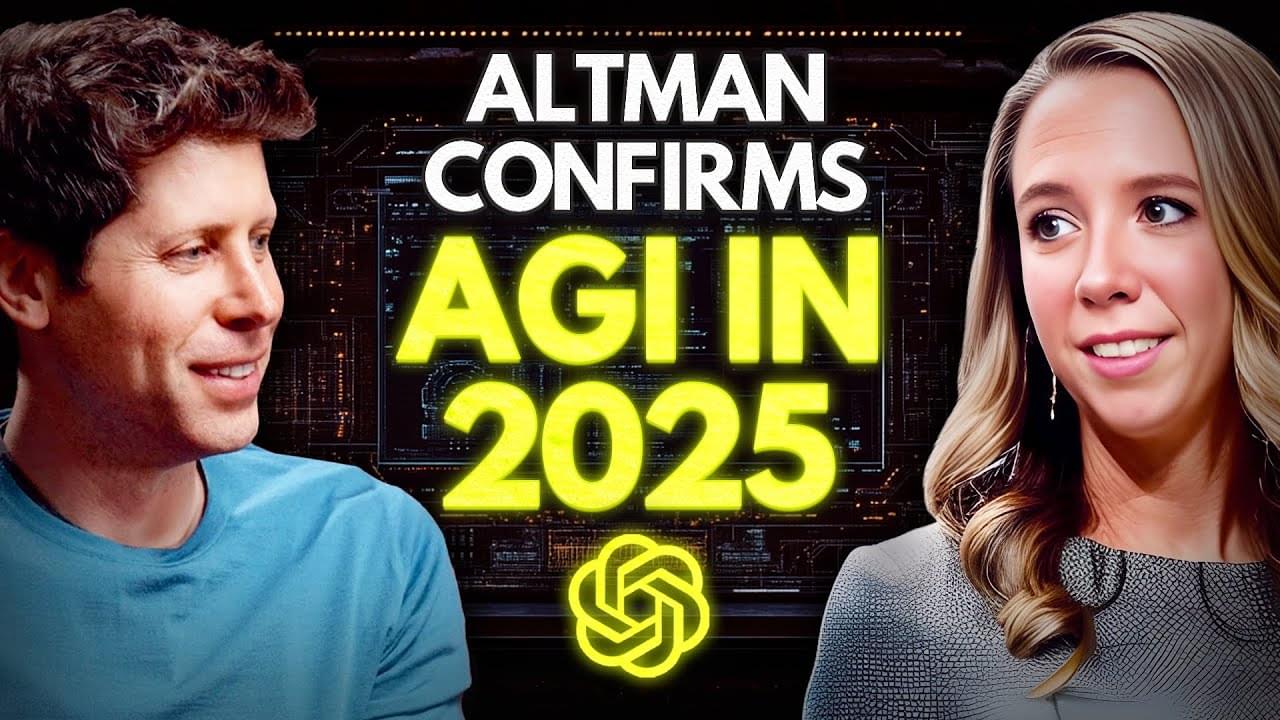Dec 4, 2024
NASA will never be the same with new administrator, Jared Isaacman
Posted by Chris Smedley in categories: biotech/medical, business, economics, space travel
🚀 Q: How will Jared Isaacman’s background influence NASA’s future direction? A: Isaacman’s experience as a business leader, philanthropist, pilot, and astronaut will drive NASA towards a bold era of space economy development, focusing on groundbreaking achievements in space science, technology, and exploration.
🌠 Q: What is Isaacman’s vision for NASA’s mission? A: He aims to pursue a thriving space economy, transforming humanity into a space-faring civilization with breakthroughs in manufacturing, biotechnology, mining, and potentially new energy sources.
















